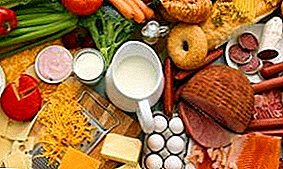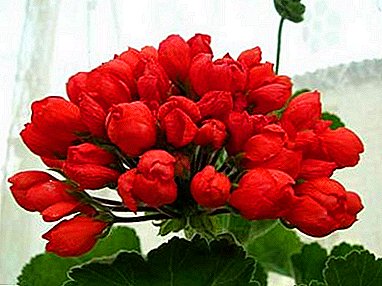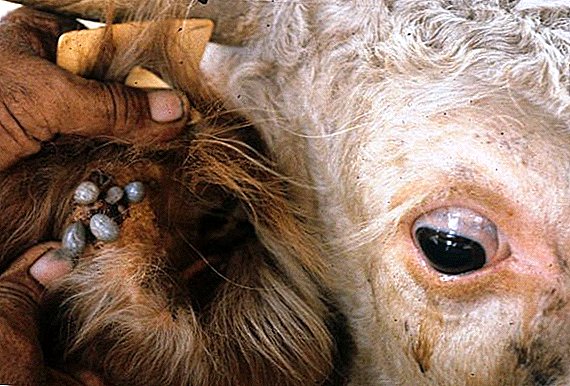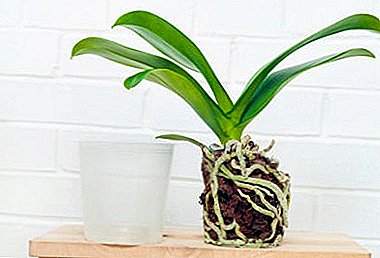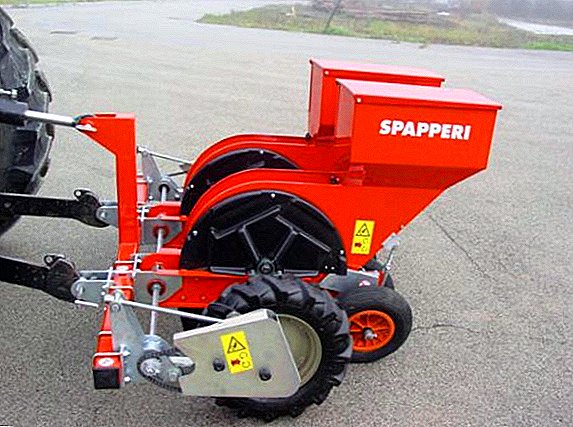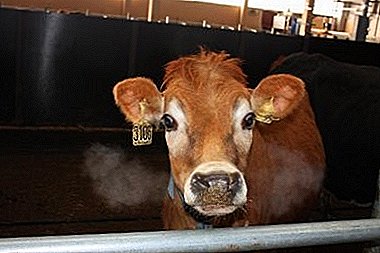
The Jersey breed of cows, well-known in the world, is the embodiment of a peasant's dream of a comfortable and profitable breed.
Its potential is such that it even in the harsh climate of Russia can prove to be one of the best fat-milk cattle species in the world.
Short story
This old breed has appeared in English Jersey Island in the English Channelwho gave her a name. It originated from the interbreeding of British and Norman cattle, and its fame was ensured by the unique green pastures of the island and English protectionism.
The first mention of these cows refers to 1789when the government of England in order to avoid the loss of purity of the breed banned the delivery of any other cow breeds to Jersey.Still until 1866when breeding documents were drawn up, Jersey cows with amazing dairy qualities were found in other countries.
WITH the beginning of the XIX century they are starting to be delivered to Europe, America, Australia, and Africa. At the end of the same century, the first breeding individuals appeared in Russia. Already during the USSR, the Jersey bulls participated in the selection of Siberian black-and-white cattle.
Jersey breed description
 Milk orientation determined the appearance of the breed, as well as its relatively small size.
Milk orientation determined the appearance of the breed, as well as its relatively small size.
In particular, the height of the average Jersey cow is 121-123 cm. Characteristic feature animal is depressed forehead, shortened skull and well developed eye sockets.
The cattle of this breed has a narrowed deep chest, flat elongated neck and high (sometimes pointed) withers. The ribs of the "Jersey" set obliquely, and the long loin goes into the wide back.
The predominant suit of the breed is red or light brown. But dark shades are permissible, sometimes there are individuals with white markings (most often at the bottom of the body and on the extremities). Usually, bulls have a darker head, limbs and neck, and often have a longitudinal black stripe on their backs.
On average, a cow reaches a weight of 400 kg, a bull - up to 700 kg.
Specifications
Jersey breed bred primarily because of the excellent qualities of its milk.
There are also other breeds of dairy cows, such as: Simmental, Aishir, Yaroslavl, Kholmogory.
Its main features include:
- Jersey cattle provides high performance milk. With adequate feeding and proper care, young individuals each day give on average up to 16 liters of milk, and adults - up to 32 liters of milk (up to 4 thousand liters or more per year) with excellent taste and high fat content - up to 6 percent or more. . Usually, shortly after milking, an impressive layer of cream is formed on the surface of the milk;
- This breed is distinguished by enviable endurance, which generally affects its sustainable health. Jersey cows and bulls endure climatic difficulties without any problems - high humidity, cold gusty winds, low temperatures;
- Many pastoralists say that this cow is unpretentious in the content. She does not need too much food, she does not take up much space, it is not difficult to care for her;
- This breed is characterized by mediocre meat qualities.
A photo
Photo "Jersey" breed cows:




Nutrition and care
As already noted, for the normal maintenance of animals no special greenhouse conditions required. Jersey cattle feels great on almost any grassland pasture. True, we must bear in mind that on grazing, these cows may exhibit a certain fearfulness.
As for food, in this “Jersey” manifest themselves as very moderate eaters. In any case, as many pastoralists note, animals of this breed consume on average 20-25% less feed than representatives of other dairy species.
Sena these cows can be given a lot - Jersey cattle will eat as much as necessary for normal life. But you need to issue water no more than 3 liters per day, even if animals clearly require swill. Especially drinking restrictions are strict with calves who can drink too much liquid to their own detriment.
Focusing on the main feed, you should not ignore the food additives in the form of useful salt bricks. It is useful (especially for young) to periodically place chunks of red clay in the feeder.
Of course proper care for animals of this breed, as well as for cows of other species, involves regular cleaning of the place to sleep, as well as painting the crate with lime mortar.
Breeding rules
 This breed refers to early ripening - first calving young cows can occur at the age of 2-3 years.
This breed refers to early ripening - first calving young cows can occur at the age of 2-3 years.
Ideally, breeding Jersey cows should be made away from large industrial areas, too noisy settlements and objects.
Calves are born quite easily, without the special involvement of the vet.
It must be borne in mind that due to the peculiarities of the body constitution, animals of this breed are born with rather fragile calves. After birth they need careful care.
In particular, if the cow did not lick the newborn immediately after the birth, it should be well wiped with straw. The first 1-2 months of the baby should be kept in a windless warm room.
It must be borne in mind that in the first few days, newborn calves may eat exclusively mother's milk. A month after the birth, small portions of pure vegetables are added to their diet. On a common pasture young animals can be released two months after birth.
Possible diseases
In principle, the Jersey breed, if it is provided with proper nutrition and care, has a sufficiently high immunity against diseases. The low weight and strong limbs of a specific structure protect these cows from foot diseases that other breeds suffer from.
However, under unfavorable conditions of housing and during contact with sick animals, they can fall ill with what other cattle are sick.
This approach will not only affect the quality of milk, but also make the whole process comfortable and enjoyable.


